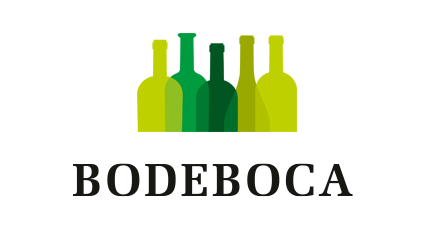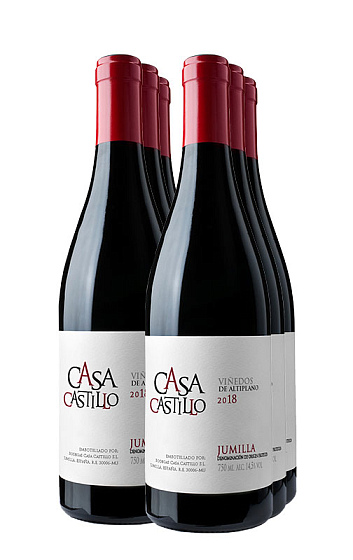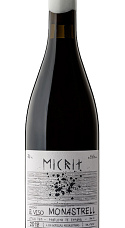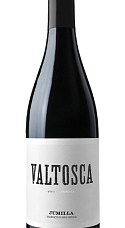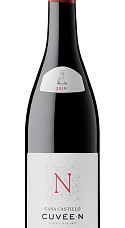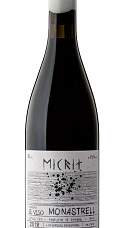Casa Castillo 2018 (x6)
Descripción
El antiguo Casa Castillo Monastrell pasa a denominarse simplemente Casa Castillo y a sumar a su mezcla no solo la Garnacha, que venía presentando en las últimas añadas, sino también un aporte de Syrah, convirtiéndose en un coupage ideal de variedades mediterráneas. El estilo de la bodega jumillana, de vinos ligeros y fluidos marcados por la finura, se deja ver en este tinto gastronómico, ideal para el día a día.
Ficha técnica
Cata
Viñedo y elaboración
Opinión de los críticos
The 2018 Casa Castillo is the old Monastrell wine that has been renamed with the name of the property. It's now a blend of 60% Monastrell, 20% Garnacha and 20% Syrah, partly (up to 35% of them) from vines on the valley floor, where there's a higher content in silt. The destemmed grapes fermented in stainless steel with indigenous yeasts, and the wine matured in 5,000-liter oak foudres and 500-liter oak barrels for 12 months. This is the entry-level wine, now with the three varieties and diversity of plots and soils, and it shows the character of the year in the property, more continental than Mediterranean. There is more Garnacha and an unusually high percentage of Syrah, more or less the proportion of each variety in the estate, which seems to mark the wine. I also tasted the pure Syrah (Valtosca), and it had an herbal touch that was also coming through in this blend. It has a little less alcohol than the 2017 and is juicy, medium to full-bodied and with very chalky tannins. It's powerful and balanced, and it transcends the price level and overdelivers as an entry-level wine. 130,000 bottles produced. There is one master blend that is bottled throughout the year. What I tasted had been bottled in February 2020, the first lot, L-1. - Luis Gutiérrez.
